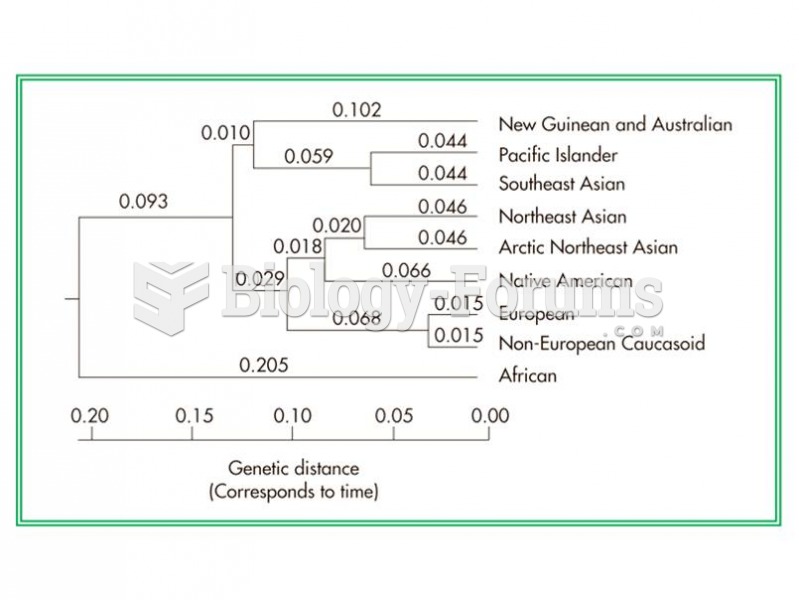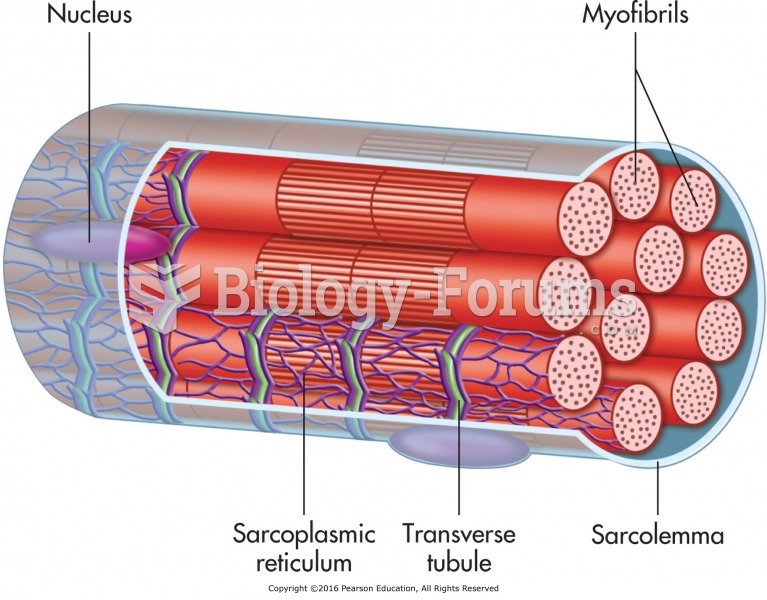|
|
|
The most common treatment options for addiction include psychotherapy, support groups, and individual counseling.
As of mid-2016, 18.2 million people were receiving advanced retroviral therapy (ART) worldwide. This represents between 43–50% of the 34–39.8 million people living with HIV.
The first oral chemotherapy drug for colon cancer was approved by FDA in 2001.
On average, someone in the United States has a stroke about every 40 seconds. This is about 795,000 people per year.
Pink eye is a term that refers to conjunctivitis, which is inflammation of the thin, clear membrane (conjunctiva) over the white part of the eye (sclera). It may be triggered by a virus, bacteria, or foreign body in the eye. Antibiotic eye drops alleviate bacterial conjunctivitis, and antihistamine allergy pills or eye drops help control allergic conjunctivitis symptoms.






